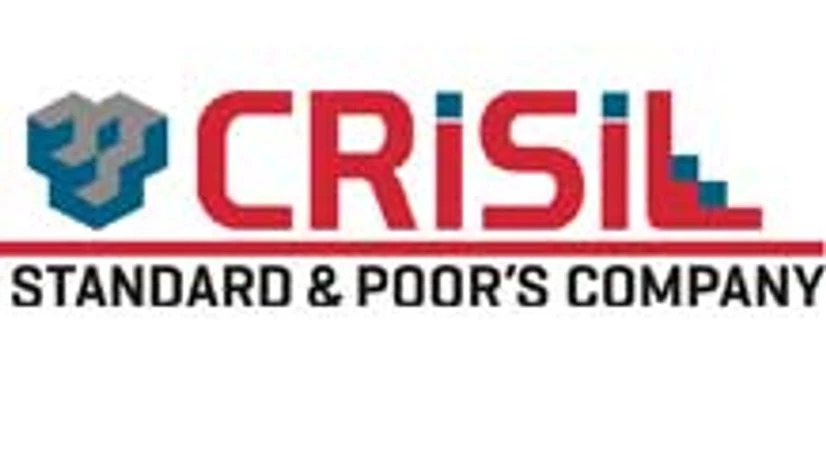Though there is a fragile recovery in credit quality among the corporates, the stress in the banking system is expected to continue in FY18 and may top 10.6 per cent by March next, warns a report.
“Credit quality of India Inc is gradually recovering, but the underpinnings remain fragile because some sectors continue to struggle and several large companies remain highly indebted,” CRISIL said in a report on Monday.
It said the gross non-performing assets (NPAs) of banks, which had crossed Rs 14 lakh crore or over 9.5 per cent of the system, will continue to remain at elevated levels.
“Gross NPAs will rise to 10.6 per cent by March 2018 from 9.5 per cent in March 2017, while weak assets will rise to 11.6 per cent from 10.5,” CRISIL said, adding however, both its credit ratio, which is number of upgrades to downgrades, as well as the debt-weighted credit ratio, improved during the just concluded fiscal 2016-17.
The debt-weighted credit ratio moved up to a five-year high of 0.88, which is attributable to firm commodity prices, stable macros, improving capital structure, and lower interest costs, said CRISIL President Gurpreet Chhatwal.
Also Read
There were 1,335 upgrades and 1,092 downgrades during the fiscal, and he expects the upgrades to continue to outnumber the downgrades on the surge in consumption.
The upgrades continued to from the consumption-linked sectors, while downgrades continued to be driven by companies from the investment-linked sectors, he said, adding 95 per cent of the actions are of low intensity.
Even though the fresh slippages will decline, gross NPAs will continue to rise on the high indebtedness in stressed investment-linked sectors, he said, adding the recoveries will also be slow.
Elaborating on the stress side, the report cited realty and capital goods as the most affected ones, adding microfinance and some large conglomerates are also struggling.
Weak assets in the system, including GNPAs, 40 per cent of restructured, 75 per cent of security receipts and 15 per cent of loans restructured under the 5:25 scheme, are expected to touch Rs 8.7 lakh crore in March 2017.
Gross NPAs will rise to 10.6 per cent by March 2018 from 9.5 per cent in March 2017, while the weak assets will increase to 11.6 per cent from 10.5 per cent.
There will be pressure on bank profits as the provisions increase with the ageing of NPAs.
The agency said the note ban is expected to be a short-term blip with a “transient” impact, even though it disrupted demand and liquidity in the system. Cash dependent sectors like real estate, gold and jewellery faced a “severe” impact of the note ban, while automotive companies have seen a moderation in demand post-note ban.
Between November 8, 2016 and March 31, 2017, the credit ratio was 1.29 times as against 1.16 times from April 1, to November 8, 2016, indicating “virtually no impact” of the note ban on the ratings, concludes the report.

)
